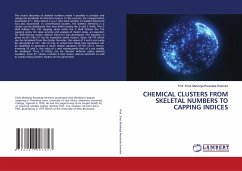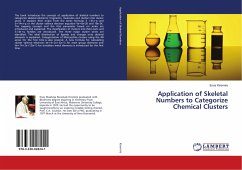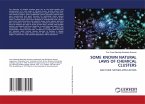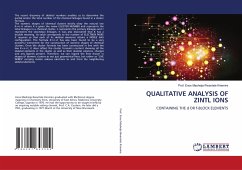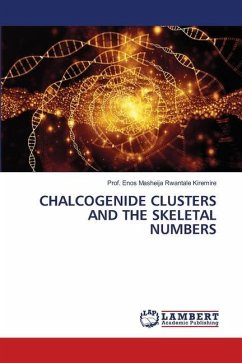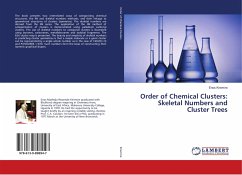The recent discovery of skeletal numbers made it possible to analyze and categorize hundreds of chemical clusters. In the process, the categorization parameter K_= DzCy where z+y=n (the total number of skeletal elements) was also discovered. In conventional clusters, the skeletal elements in a cluster can be distributed into two shells namely the D and C shells. The D shell follows the 14n capping series while the C shell follows the 12n capping series. On close scrutiny and analysis of cluster series, an equation for determining cluster valence electrons was developed. The equation is given by VE=14z+2+12y for transition metal clusters. Since, VE=VF which can be calculated from the cluster formulas, the values of z and y can easily be calculated as VF= 14z+2+12y. In actual fact these two equations can be simplified to generate a much simpler equation VF-12n=2z+2. Hence, knowing VF, and n, the value of z and subsequently that of y can readily be obtained. Thus, K_=DzCy can be derived without using skeletal numbers. From K_, cluster number K and cluster valence electrons as well as constructing isomeric shapes can be generated.
Bitte wählen Sie Ihr Anliegen aus.
Rechnungen
Retourenschein anfordern
Bestellstatus
Storno

